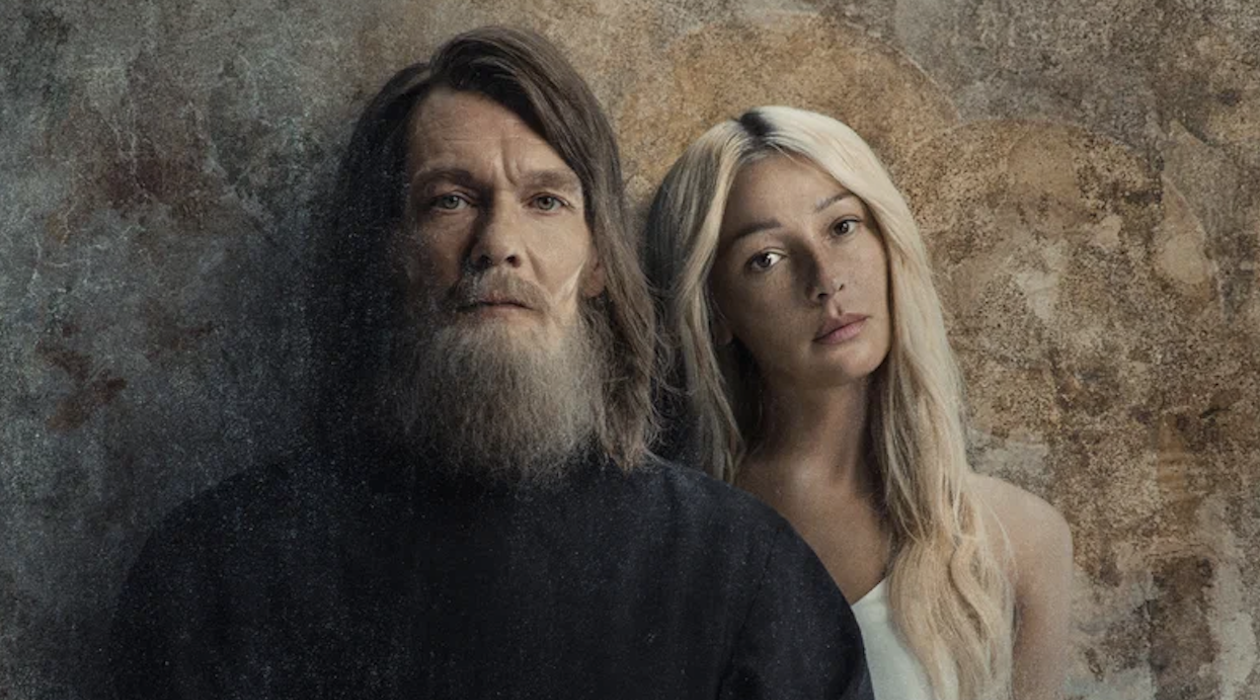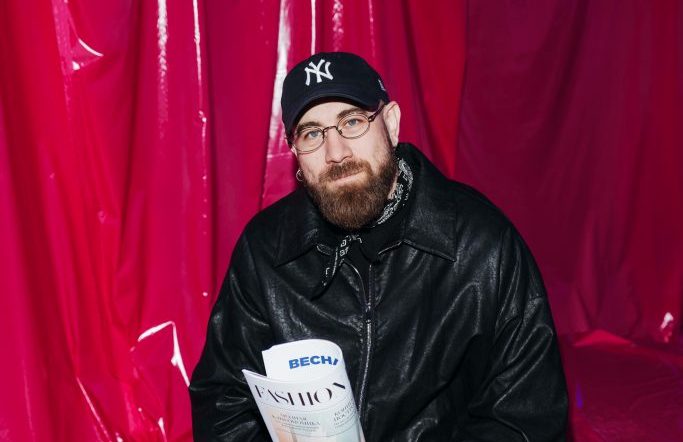Today, Kinopoisk premiered the final episode of The Monastery, which is definitely one of the main series of the season, with the unexpectedly serious role of Nastya Ivleeva, the incredible reincarnation of Philip Yankovsky and the vivid image of Mark Eidelstein. This is a story about a Moscow rookie who is used to living at someone else’s expense and spending every day as if it’s his last, but one day the party gets out of control and dangerous people start chasing him. Blocked accounts and utter despair led him to the walls of the monastery, where his own laws and rules prevailed.
The plot at the intersection with religion required greater attention and greater responsibility from the creators, including issues related to locations. However, the latter is always no less important than a cool cast, and it is the position that conveys the appropriate atmosphere, often accompanying the emotions and experiences of the characters. We learned from Mikhail Lontsikh, the venue manager of the “Monastery” series, how the ideal venues were chosen in the cinema, what difficulties they faced and why they sometimes “cheated” the audience.
where to start
First and foremost is the task that the director or producer must set. It guides the location manager based on materials such as the final scenario. In addition, the choice of location can be determined by images, videos or photographs.
“There was a whole wall of reference. After all, the events take place in various places, ”says Mikhail Lontsikh, the venue manager of the series. In the first episodes, viewers see beaches, deserted roads and an eastern city. To convey the atmosphere of exclusivity and the wealth of the heroes, it was necessary to find places, as far as possible from the bustle of a big city, resembling a modern oasis, a quiet and luxurious corner – resting Muscovites are already tired of it.

Actual videos and photos of church services, head scarves and church liturgies were used as references when searching for monasteries suitable for the shoot.

At the same time, the materials were at different times: from the 90s to the 2000s. It was important to find old buildings with beautiful and somewhat harsh nature. And since the shooting was done both in winter and in spring, it was necessary to convey the most diverse emotions of these regions.
selection difficulties.
Once we understand the visual component, we must move on to the other important things: collecting the expedition, accounting for expenses, moving and positioning the film crew and lots of equipment. Anything is possible when the team is in the site selection phase.
In The Monastery, for episodes in the Emirates, the choice fell on Tunisia, strange as it may sound, and not without reason: at the time of filming, many countries still had entry restrictions due to the pandemic. But Tunisia turned out to be a difficult place. The crew with a ton of equipment was held at customs for about eight hours, where each item of equipment brought in was inspected in turn. Of course, the venue manager suggested other destinations with gorgeous beaches, such as Turkey and Thailand, but getting the crew there was even more problematic as these places were so far away.
-

“Monastery” -
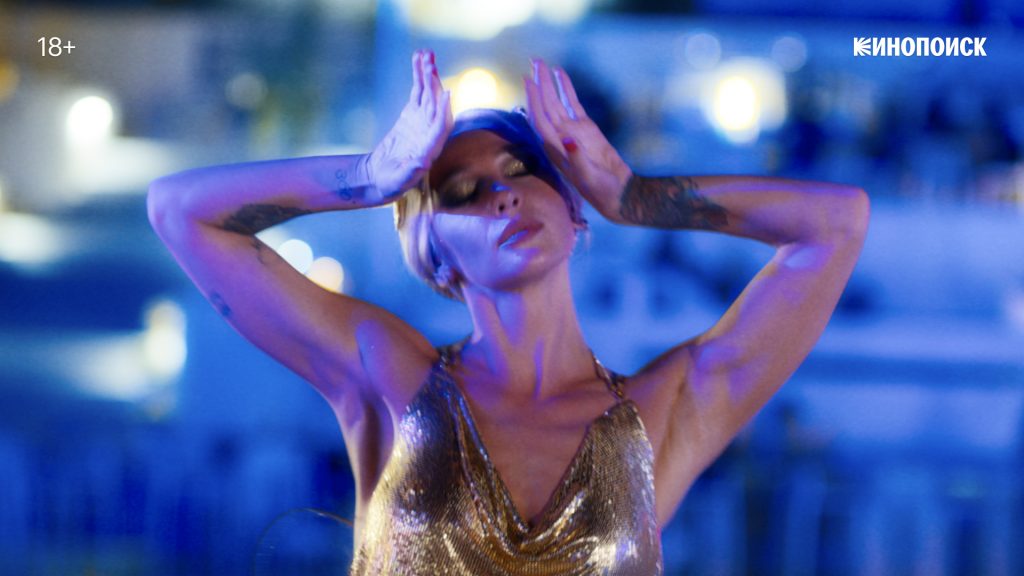
“Monastery”
The team went through dozens of points during the selection of suitable monasteries. After all, it was necessary to take into account both the visual component of the room and its location. One of the tasks was to find the closest areas so that the artists could easily reach the filming locations. Thus, the two most suitable were chosen: Ferapontov Monastery and Kirillo-Belozersky, where the museum is also located.
Locations operating mode
During filming, it is important to take into account that the venue lives its own life and there are many things that need to be agreed with the venue management and owners. In this case, both monasteries were active.
“In some places the mass was held on Saturdays and Sundays, in some places daily rituals were held,” says Mikhail Lontsikh.
Kirillo-Belozersky Monastery consisted of 12 churches, six of which were accessible. During the services, the team adapted and moved. In general, six churches were included in the filming: four in the Kirillo-Belozersky monastery and two in Ferapontov.

Organizing the shooting process took a lot of effort.
“It was necessary to coordinate everything with everyone, so as not to interfere with the inner life of the monasteries, and this is not easy,” says Mikhail Lontsikh.
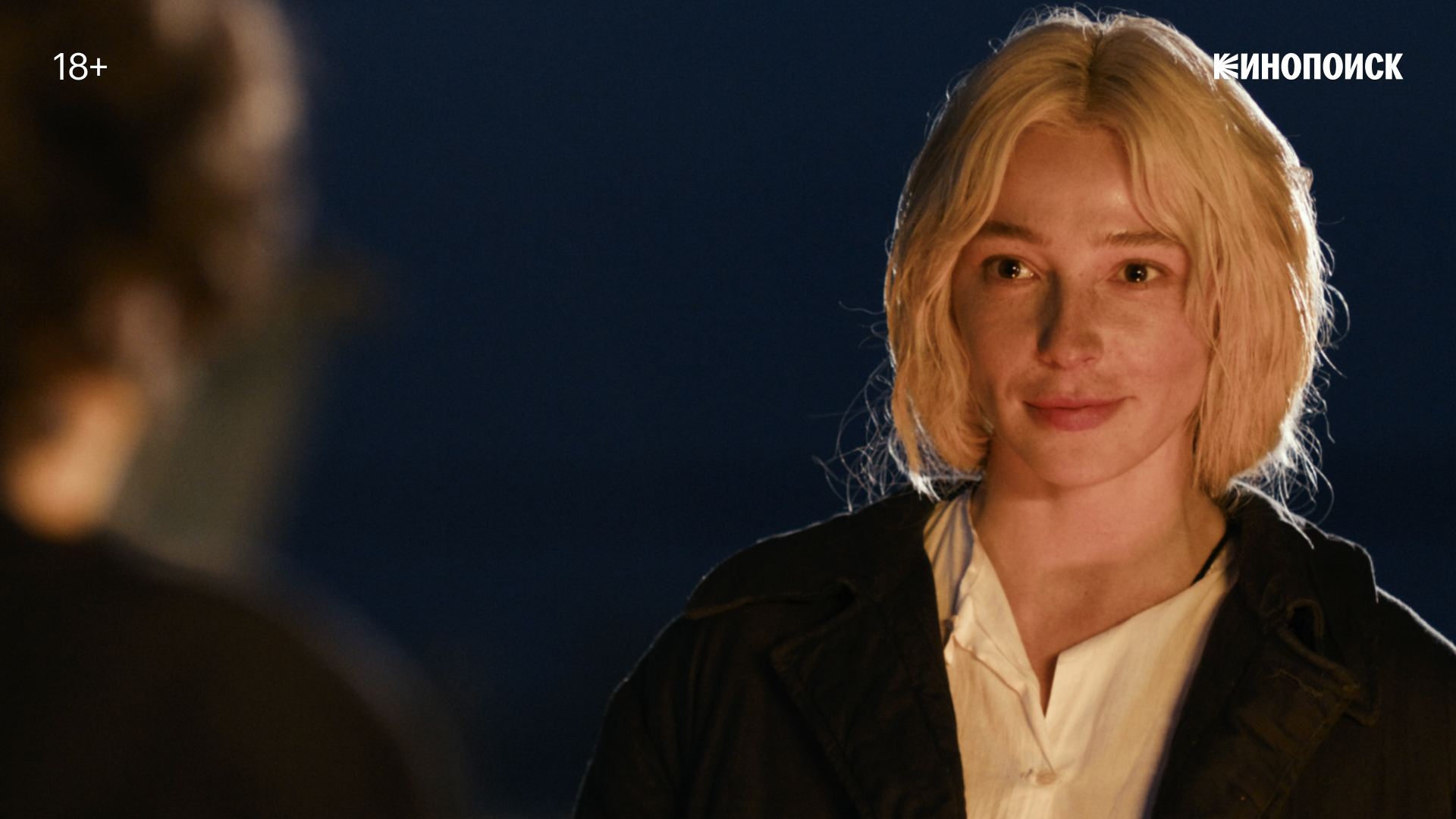
All filming in the monastery was carried out with the approval of church representatives: “The brothers treated us positively and we are very grateful to him for this. The location shooting was also done on the territory of the monasteries, and it was not easy for the team either. Even when choosing a location, Lontsikh discovered that in the required terrain 600 kilometers from the capital, the nature was completely different: in November, at a temperature of about 0 -32 degrees in the capital, the team it was on the territory of the monastery. was taken by chance. During the filming, the weather also did not spare, but the actors turned out to be surprisingly resilient: “By the way, Nastya Ivleeva turned out to be a miracle girl – not at all capricious. She understood that this is work, work, and it should be done It looked different, but it survived everything.
Finalization of locations
Like the whole shooting process, working on space is creativity. Often times selected locations need to be modified or altered to somewhat obscure the buildings. An ideal object for filming from any angle is rare.
While working in the active monastery, the team often had to go to tricks. “They shot in different places, they stole it. Theft is number one in the cinema when you deceive the audience a little. You show the general plan of the monastery, and then the necessary frame on the wall, and it can be shot in a completely different place, ”explained Mikhail Lontsikh.
-
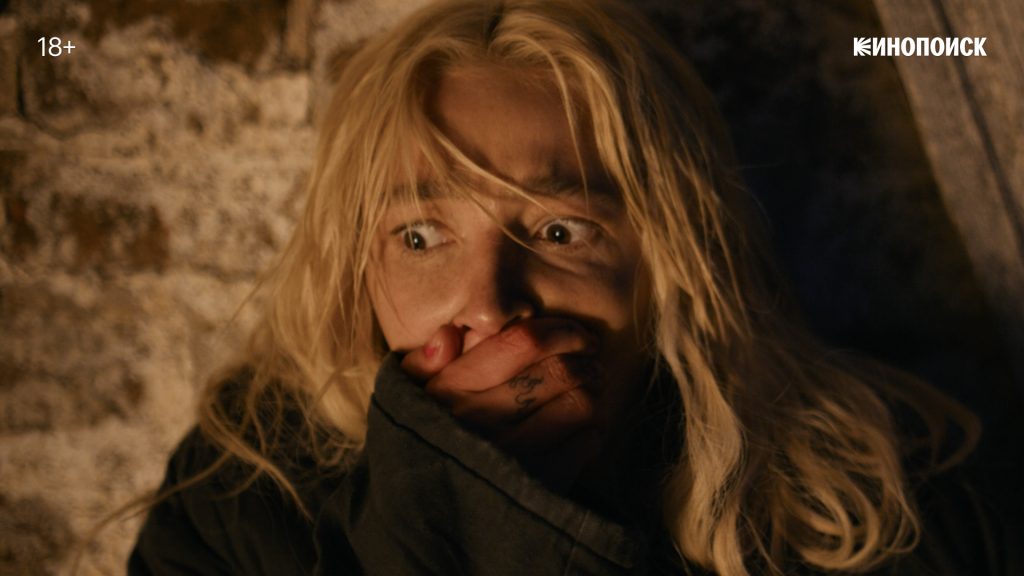
“Monastery” -
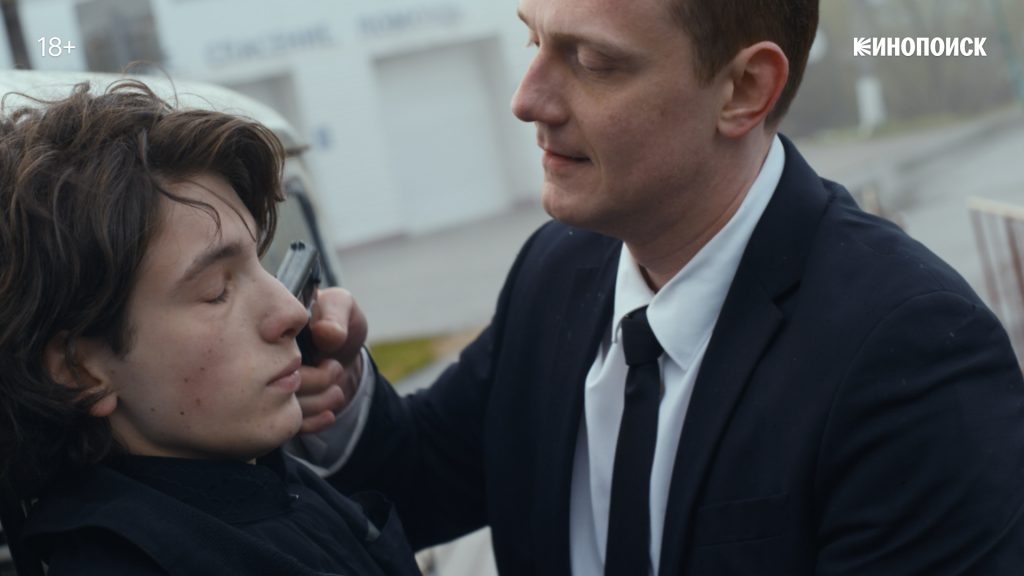
“Monastery”
During filming in the monasteries, we had to resort to masking the buildings as well. Since it was not possible to enter the real monastic cells, the architecturally appropriate rooms in the monasteries were in the form of cells. “Cinema without a view is impossible. We entered the monastic cells, carefully studied how they looked. Everything turned out one-on-one, the reliability is almost 100%, ”explained the location manager of the series.
There were scenes in the series with scaffolding – these are real, only part of which had to be completed. Fortunately, the monastery was rebuilt at that time. Of course, only those in the docked sections are extras: “You can’t force the staff of the monastery to come back and do everything necessary for successful shooting, several times.”
And it is impossible not to notice the beautiful frescoes. These are real works of the icon painter Dionysius, a follower of Andrei Rublev. These artifacts date back to the early 16th century and as it is now a cultural heritage site, they had to be handled with extreme tact. Mikhail Lontsikh was distinguished by special persuasion, due to which the filming of the frescoes was allowed, but under certain conditions: without light, a smoke machine, only four film crew members and a small handheld camera not to destroy the antiquities.
Organization and control of the team
The venue manager is responsible for set preparation and legal arrangements as well as finding venues. The specialist must know every detail on the set, organize a shooting camp and agree on everything down to the closed roads. This had to be done in Tunisia as well: To shoot the urban segments, the team managed to come to an agreement and closed half the city. The shooting location was periodically visited by the police to control all processes.

Various problems may arise in the chosen location.
For example, one day the camel decided to rest and lay down in the middle of the embankment.
Thereupon, the venue managers asked for help from the Bedouins who pulled the camel in their own way.
During filming in Tunisia, everyone stayed in a large hotel, where it was difficult to control the crew. This task falls on the shoulders of the location manager. Mikhail Lontsikh shared: “At one point we kidnapped a few people at the training camp. We all went looking for them – knocked on doors and windows. And they sleep with their phones turned off or forget the collection. There’s always curiosity.”
Source: People Talk
Errol Villanueva is an author and lifestyle journalist who writes for The Fashion Vibes. With a passion for exploring the latest trends in fashion, food, travel, and wellness, Errol’s articles are a must-read for anyone interested in living a stylish and fulfilling life.

